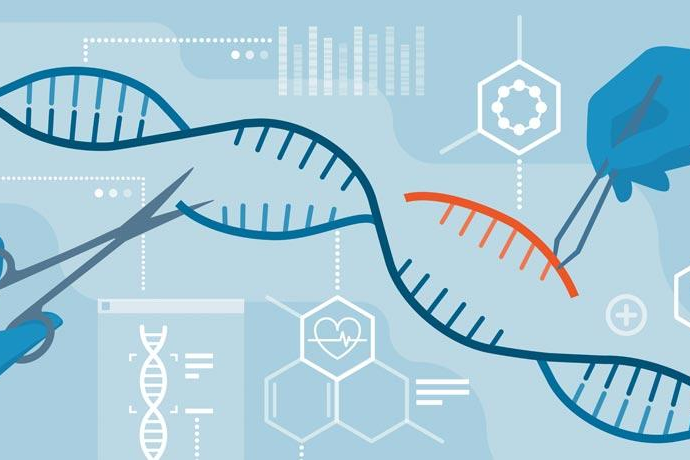GENETIC RESOURCES : FASCINATING TYPES AND METHODS OF THEIR CONSERVATION.
In this article, we will discuss about the genetic resources on the surface of earth. These resources are the genetic materials that obtained from plants, animals and other organisms, which is of potential values. These are using as the resources for the present and future generation for the purpose of research and development of life. We will discuss here about the different types of these resources and the methods of their conservation.Continue Reading











